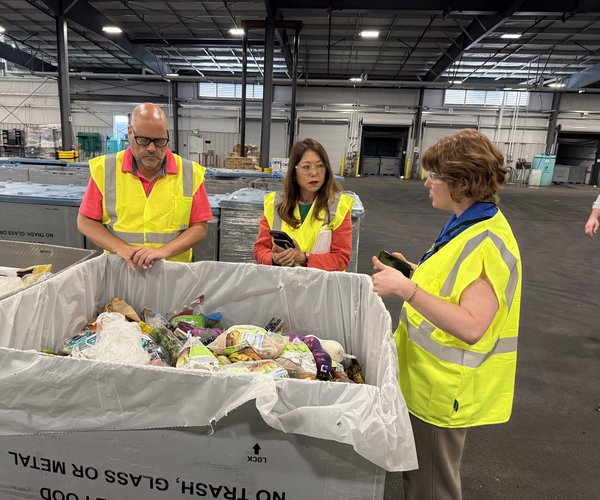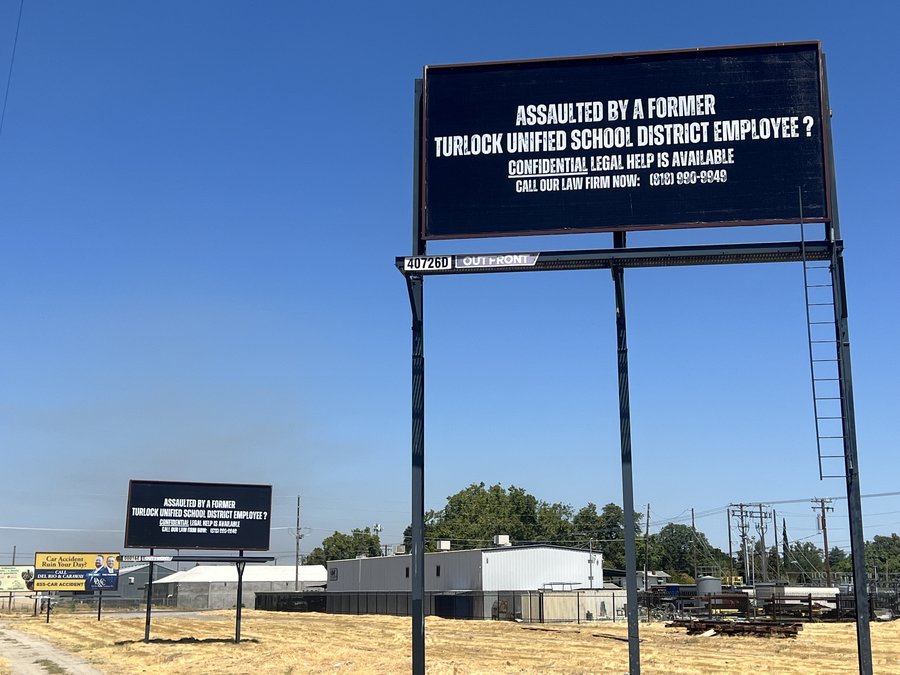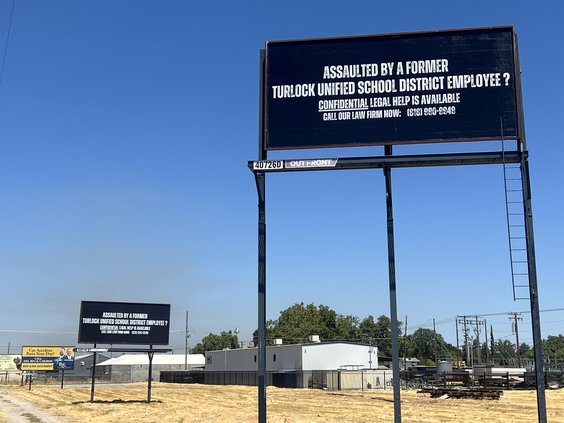Local irrigation districts held a meeting on Thursday to discuss a number of fish passage field studies planned in the Tuolumne River as part of the La Grange Dam licensing process.
The Turlock Irrigation District and Modesto Irrigation District jointly constructed the La Grange Dam between 1891 and 1893 to raise the height of the Tuolumne River to a level that would enable them to divert and deliver water by gravity flow to their irrigation canals, located on opposite sides of the river. In 1924, Turlock Irrigation District built a two-unit powerhouse on the south bank of the Tuolumne River, which it has continued to own and operate for power generation.
In June 2011, the National Marine Fisheries Service asked the Federal Energy Regulatory Commission to review the La Grange Project because it lacks fish passage facilities and therefore blocks the movement of migrating fish to parts of the Tuolumne River upstream of the La Grange Dam. Conservation groups have argued that Chinook salmon and Central Valley steelhead populations in the San Joaquin River basin have experienced dramatic declines in recent years, and overall declines since the original Don Pedro Project was licensed.
Despite arguments from TID and MID, in December 2012 FERC issued an order finding that the La Grange Hydroelectric Project requires licensing because it is located on a navigable river, backs up to federal land and has altered the river.
Thursday's meeting saw the stakeholders discuss a number of fish passage field studies planned for summer 2016. The studies include a Habitat Mapping and Macroinvertebrate Assessment, Spawning Gravel Mapping Study, Instream Flow Study, Regulatory Context for Reintroduction Assessment, Socioeconomic Scoping Study and Hatchery and Stocking Practices Review. There will also be development of Water Temperature Criteria.
"These most recent series of meetings are focused on the feasibility of fish passage in La Grange and the upper reaches of the Tuolumne River. We're still trying to figure out if there are opportunities up there for fish to live and spawn," said TID spokesperson Calvin Curtin.
After the studies have been completed and the results released, the agencies involved will discuss the need for and/or feasibility of building fish passage facilities.
"If we're required to build fish passage facilities, those facilities can exceed $100 million and those costs would ultimately be paid for by MID and TID ratepayers."
The next public meeting on the La Grange licensing process is set for 10 a.m. Sept. 15 at the MID offices, 1231 11th St., in Modesto.









